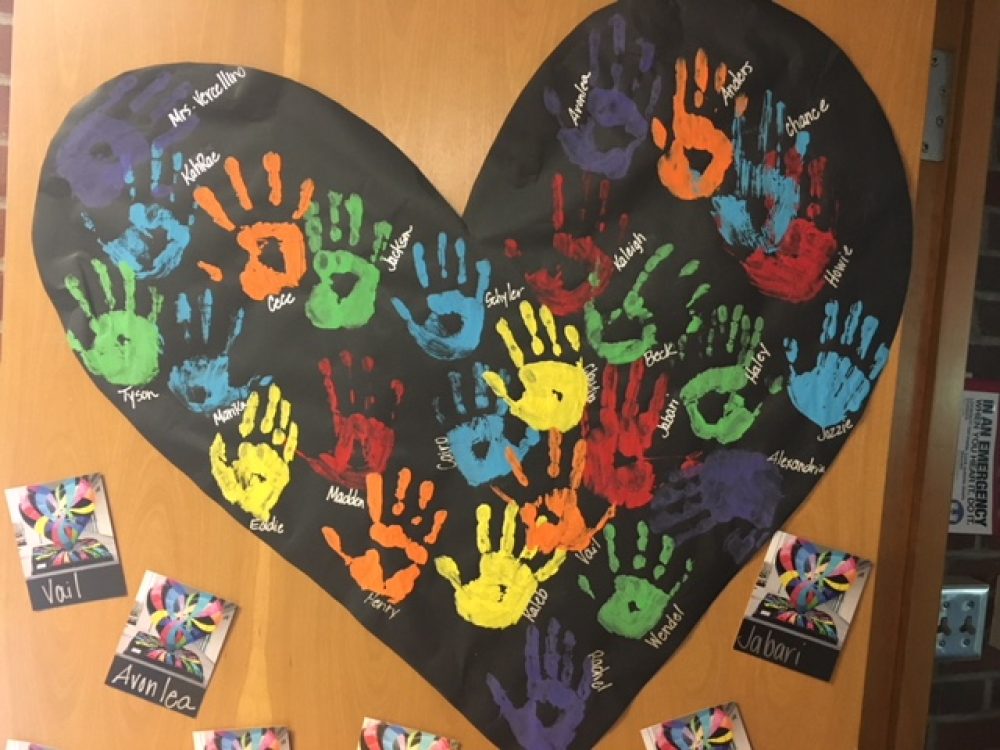Unit 6 The Big Idea How do we decide what’s important?
Unit 6 Week 5 Essential Question: What Makes You Laugh?
This week’s texts (available on Wonders’ website): “The Camping Trip”, “Bubble Gum” and “Ollie’s Escape“
Strategy: Author’s Point of View – an author has thoughts about the topic they are writing about. These thoughts are the author’s point of view.
- To identify the author’s point of view, we should look for details that show what the author thinks.
- We can decide what these details have in common. This will help us figure out the author’s point of view.
- Then we can distinguish what we think about the topic with what the author thinks.
Literary Elements: Rhythm and Rhyme – poets use rhythm and rhyme to make a poem interesting to listen to and fun to read.
- A poem’s rhythm is the pattern of stressed and unstressed syllables in each line. We can clap our hands as we read to follow the poem’s rhythm.
- Words rhyme when their endings sound the same, such as pouring and roaring.
Genre: Narrative Poetry – the following are key characteristics of narrative poetry:
- Narrative poetry tells a story. Narrative poems can read like a story.
- Narrative poetry may be written in stanzas, or groups of lines.
Vocabulary Strategy: Idiom – a special kind of nonliteral phrase that means something different from the literal meaning of the words in it.
- An idiom is a phrase, or group of words, that means something different from the literal meaning of each word in it.
- We should look for phrases where the literal meaning seems out of place in the text to identify idioms.
- We should use context clues in the surrounding text to help us distinguish the literal and nonliteral meanings of the idiom
Grammar: Prepositions –A preposition is a word that shows the relationship between a noun or a pronoun and another word in a sentence:
- The dog is under the couch.
Common prepositions include in, on, at, over, under, to, from, for, with, by, of, into, before, after, and during:
- We went to the store.
Reading Questions To Ask At Home
Vocabulary
• What is the meaning of _________ (word)? How do you know?
• What is the prefix/suffix for _______ (word)?
• What figurative language (i.e. simile, metaphor, personification, idiom) did the author use? What does it mean?
• What is a multiple meaning of ______ (word)?
• What would be a synonym/antonym of this of ______ (word)?
Comprehension: Fiction Text
• What happened in the section you read?
• From whose point of view is the story written (first person, second person, third person)? How did you know?
• What problem/conflict is the character experiencing?
• How is the character feeling now? Why?
• What is the setting of the story (time and place)? How did you know it changed?
• What do you think is likely to happen next? Why do you think this?
• What was the solution to the problem?
• What is the author’s purpose (inform, entertain, persuade, explain)? How do you know?
• What was the sequence of events? What happened before ________?
•What happened after _________?
• What caused this event to occur?
• How did the character change throughout the story?
• What is the theme or author’s message?
• Compare and contrast this character/problem to another character/problem from another story.
• How would you summarize this event? Use sequence words in your summary.
• What question do you have for the author?
Comprehension: Nonfiction/Informational Text
• What was the most important idea?
• What details support the main idea?
• How did the author organize the whole text (sequence, cause and effect, problem and solution, compare and contrast)? How do you know?
• How does this text feature (i.e. map, diagram, graph, sidebar, photograph, caption) add to your understanding of the topic?
• How is this text the same or different from another nonfiction text you’ve read?
• What caused this event to occur?
• What problem/conflict was described?
• What was the solution to the problem?
• What happened before ________? What happened after _________?
• What conclusion can you draw about the topic?
• What evidence supports the author’s perspective?
• What is the theme?
• What is the author’s purpose (inform, entertain, persuade, explain)? How do you know?
• How would you summarize this section of the text? Use sequence words in your summary.
• What question do you have for the author?
